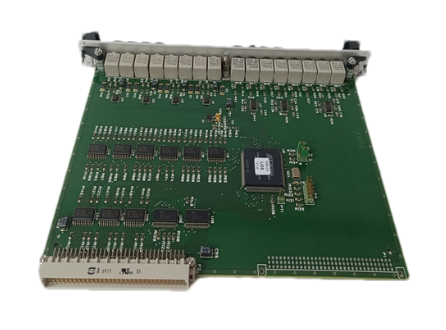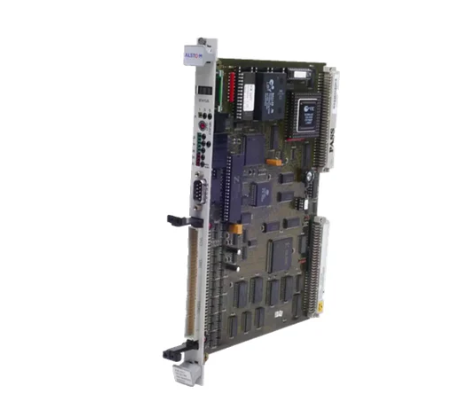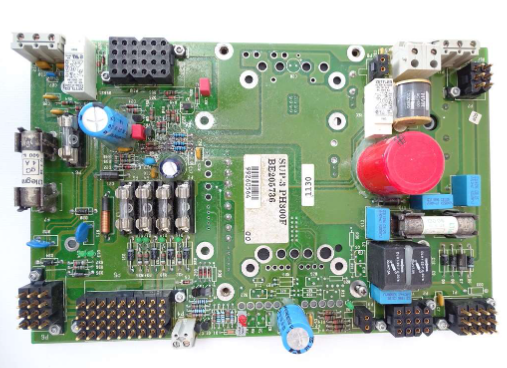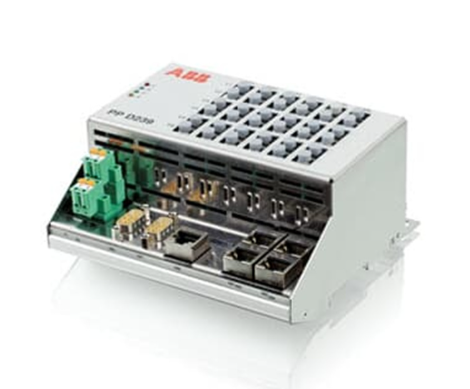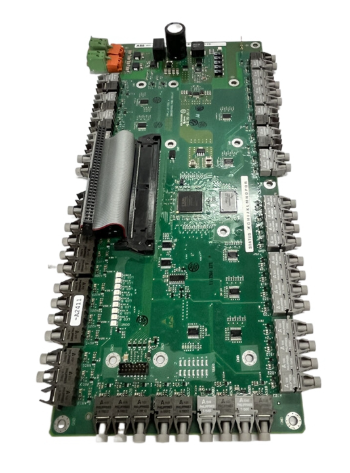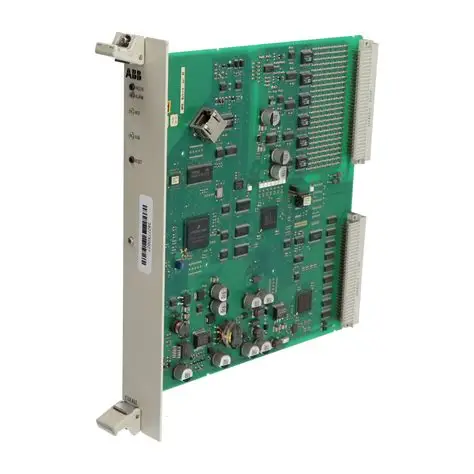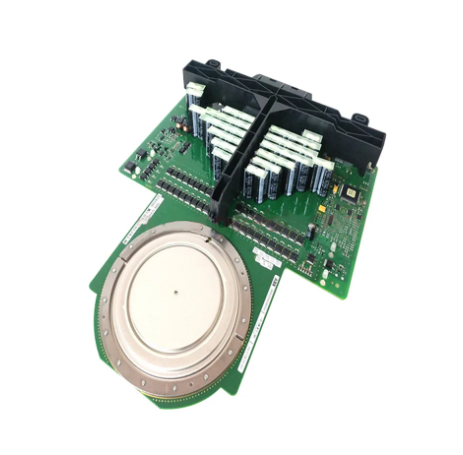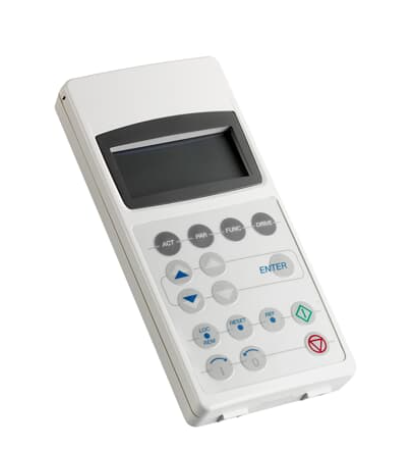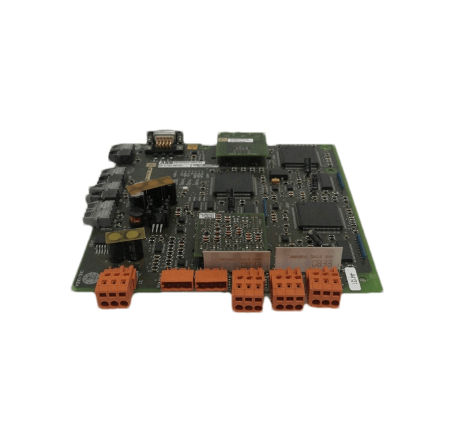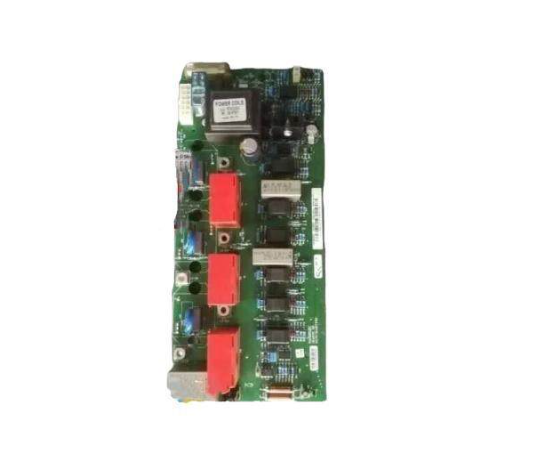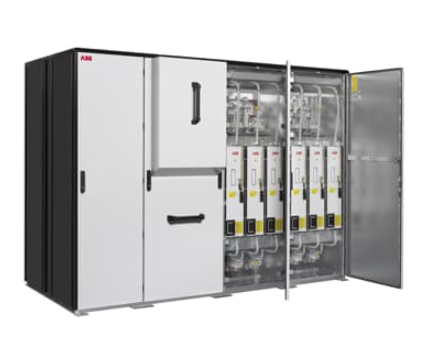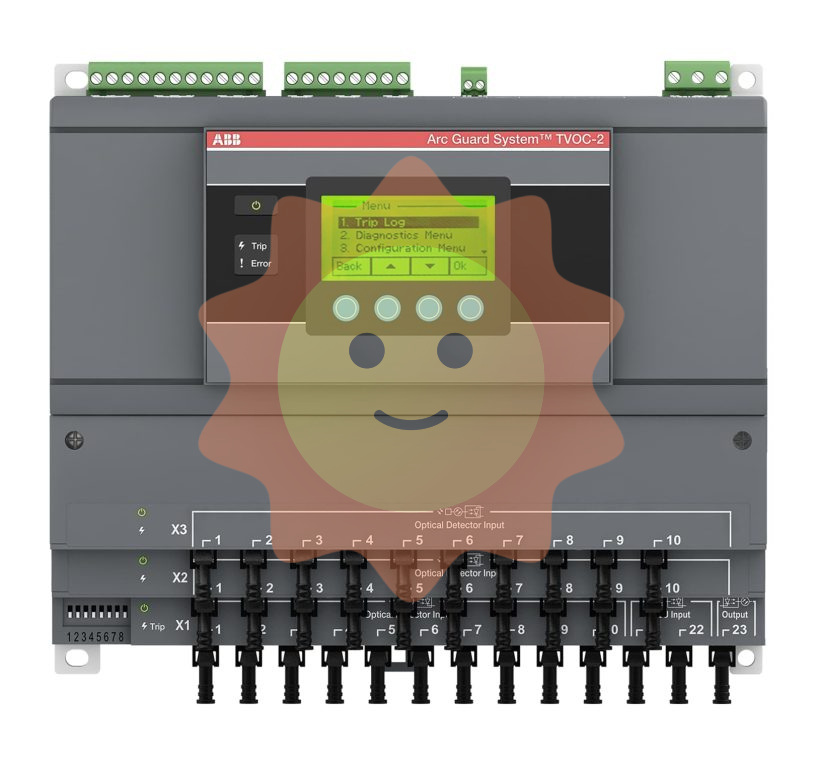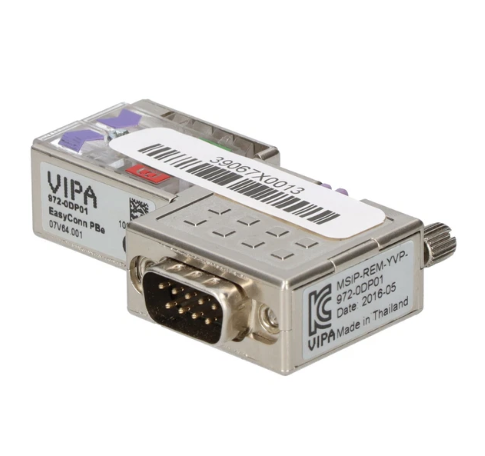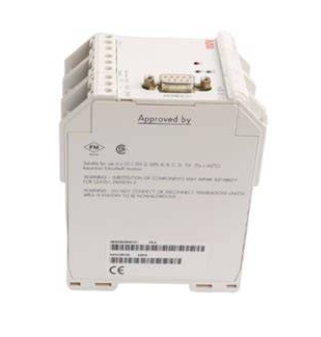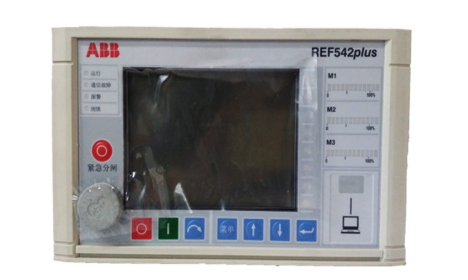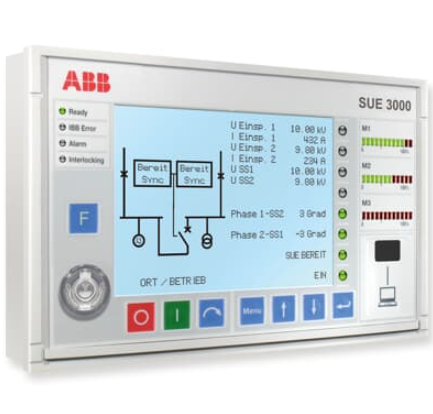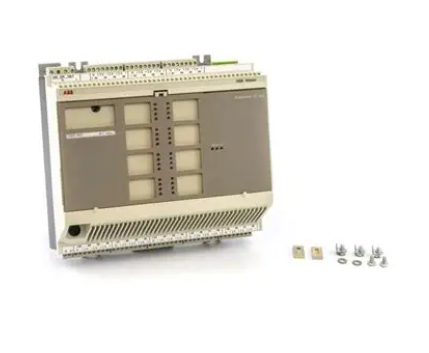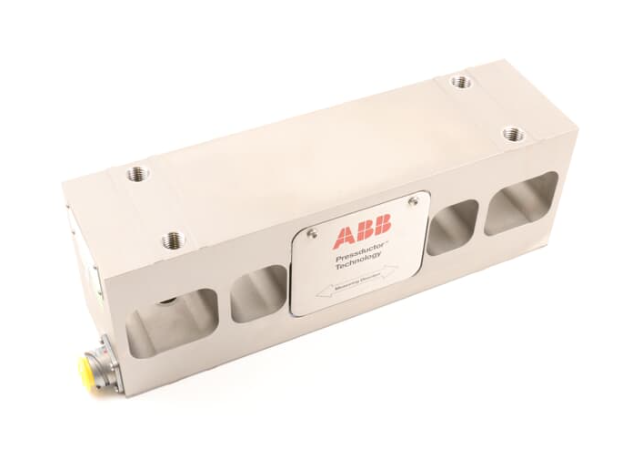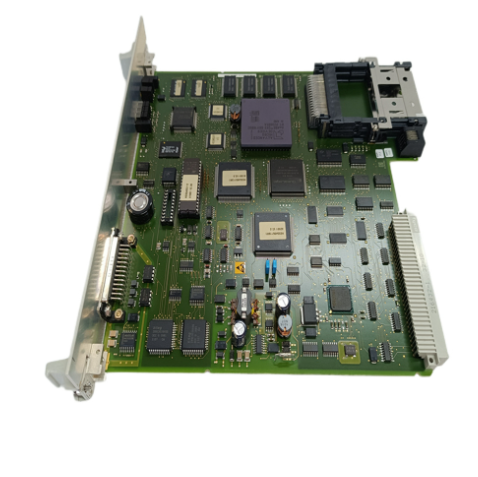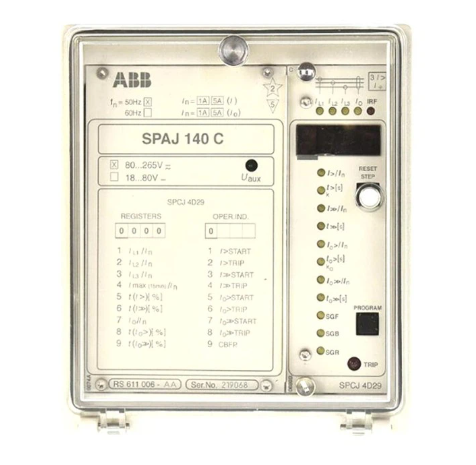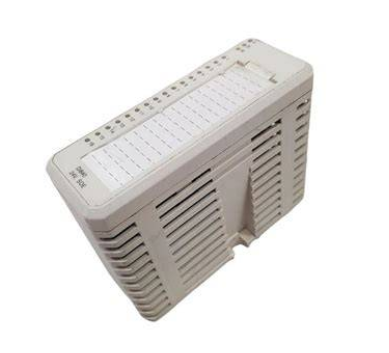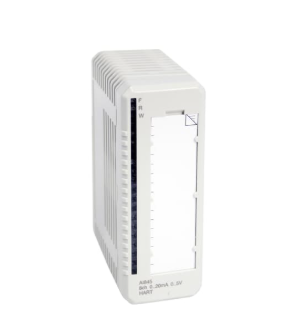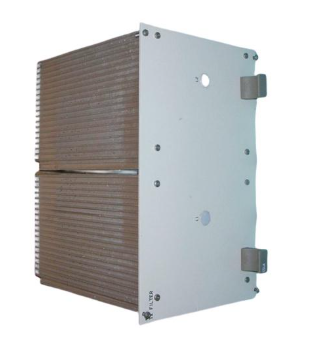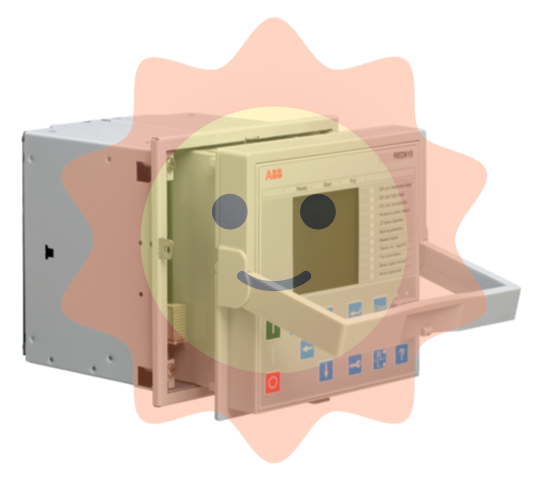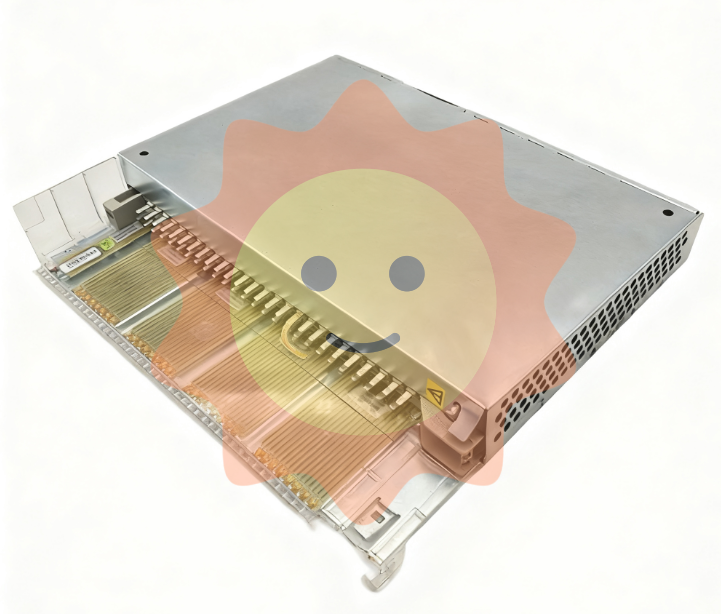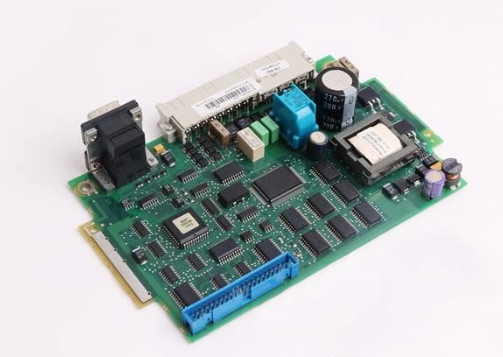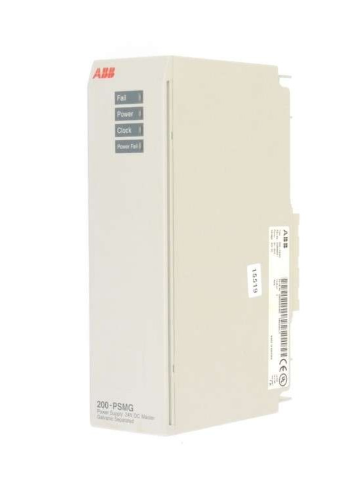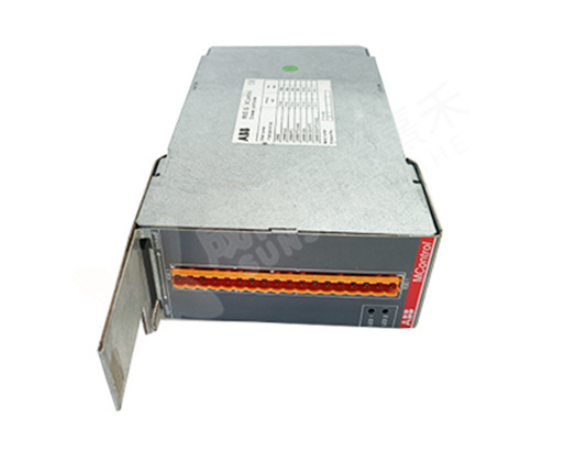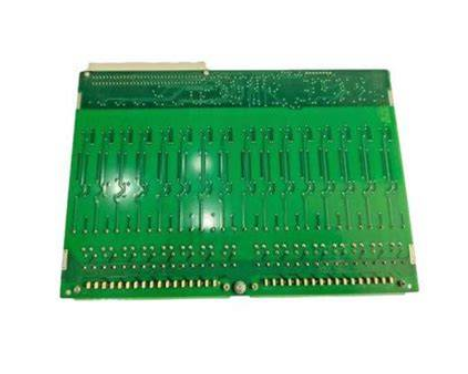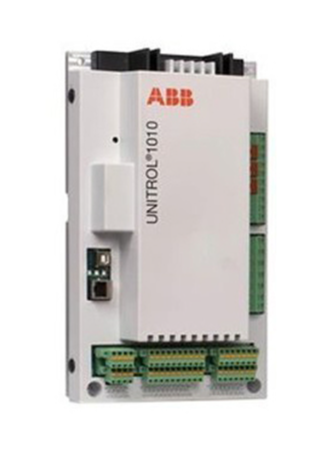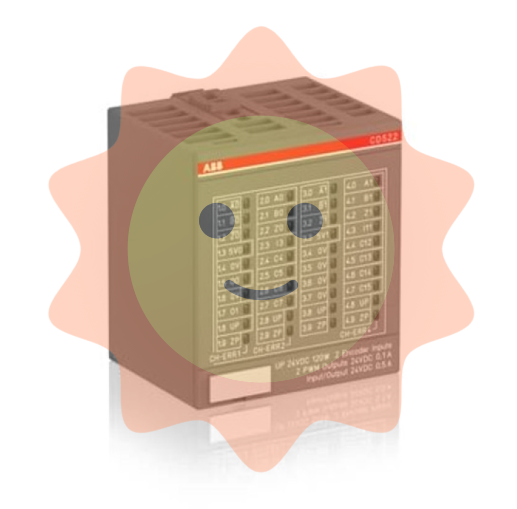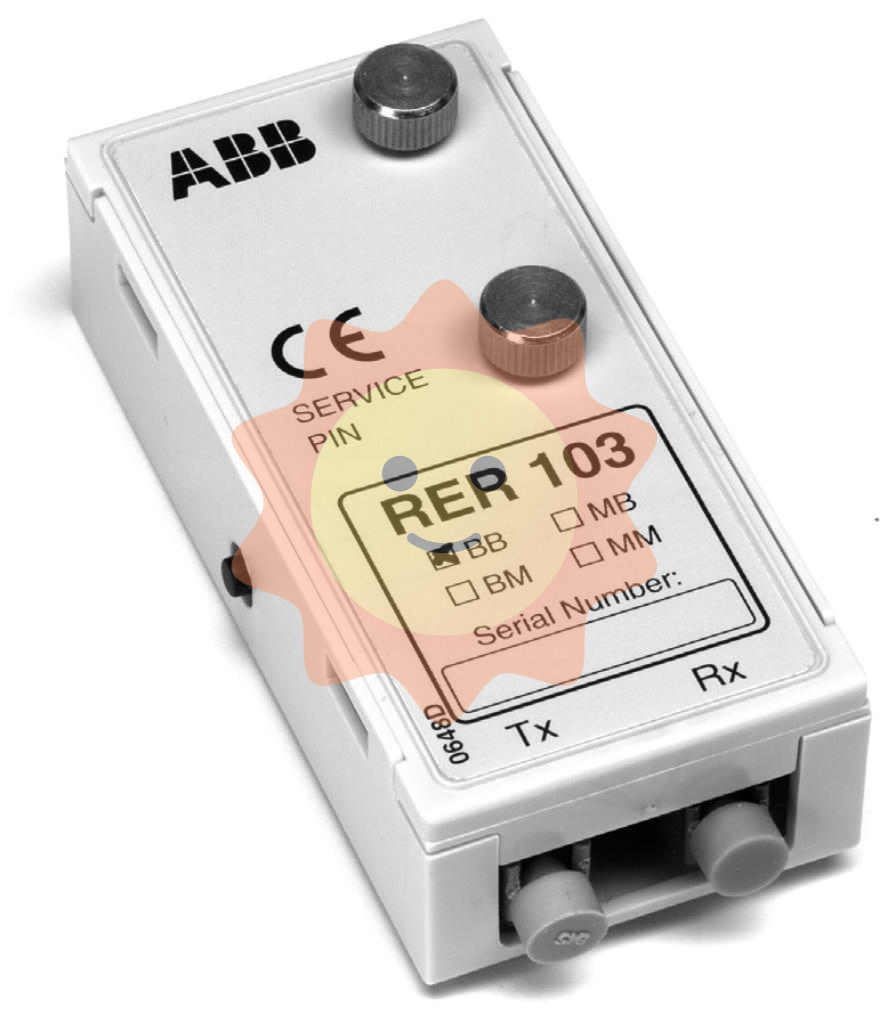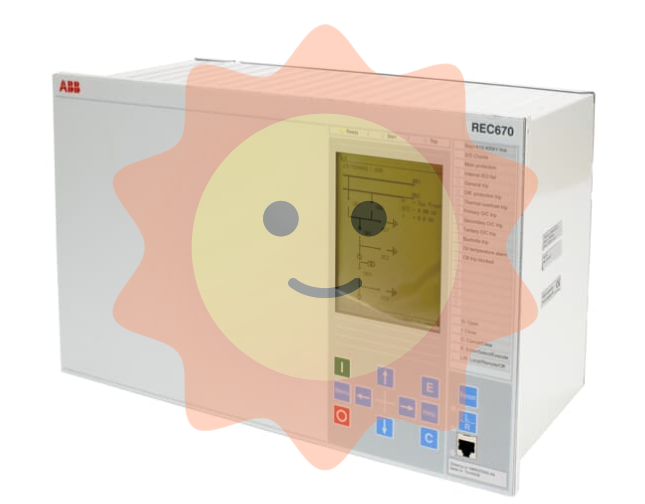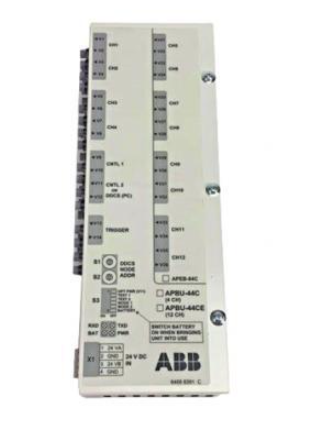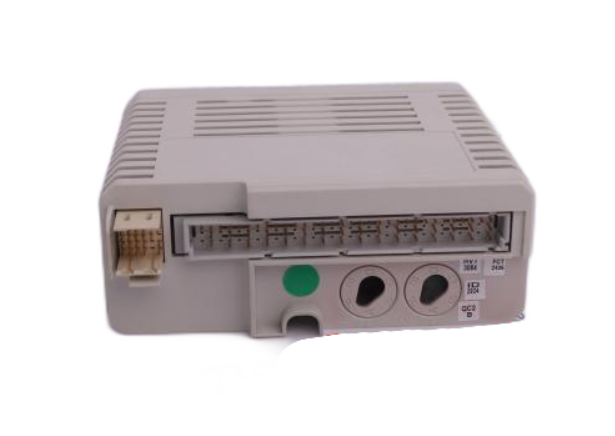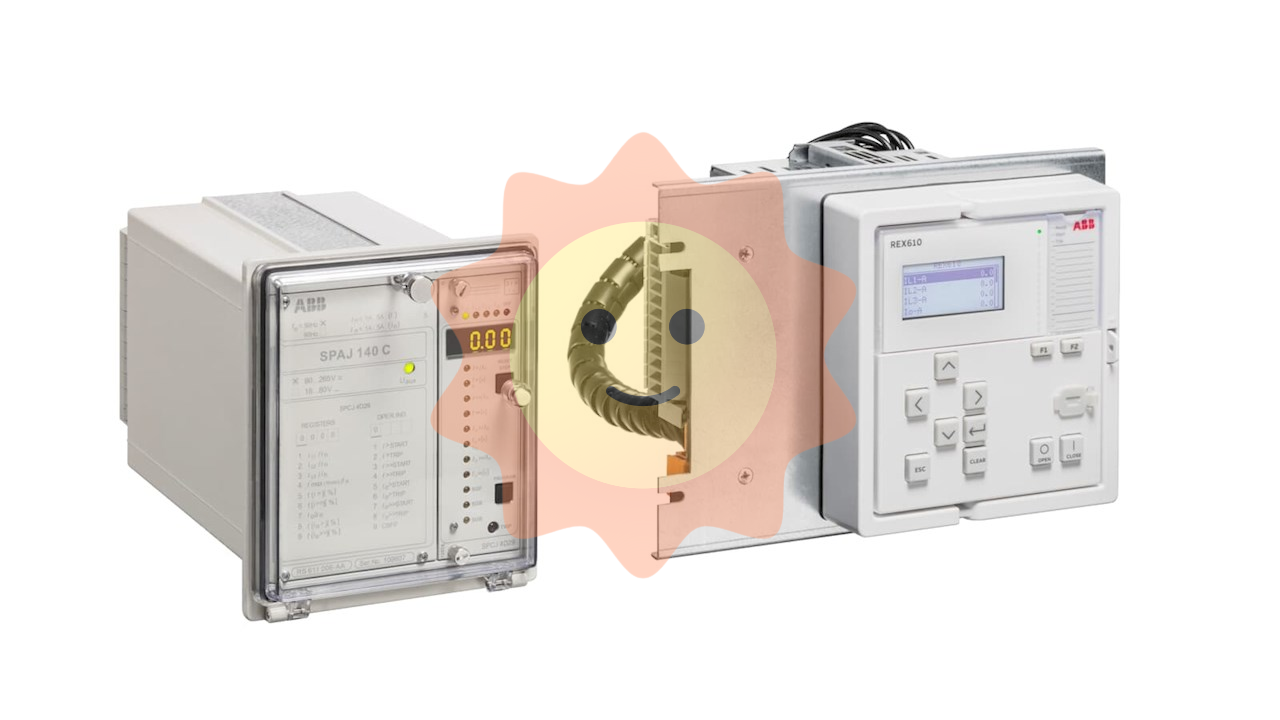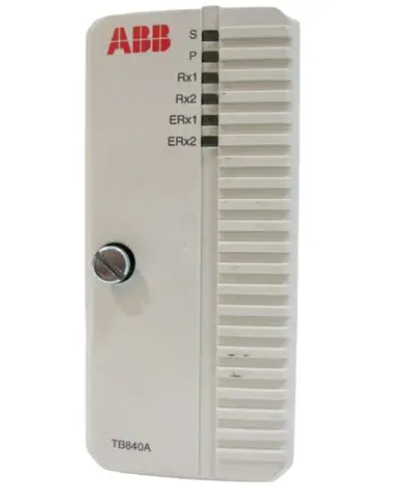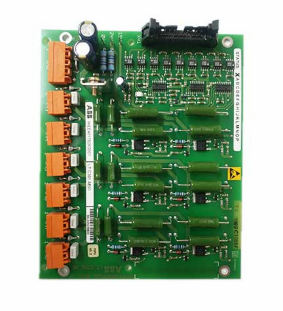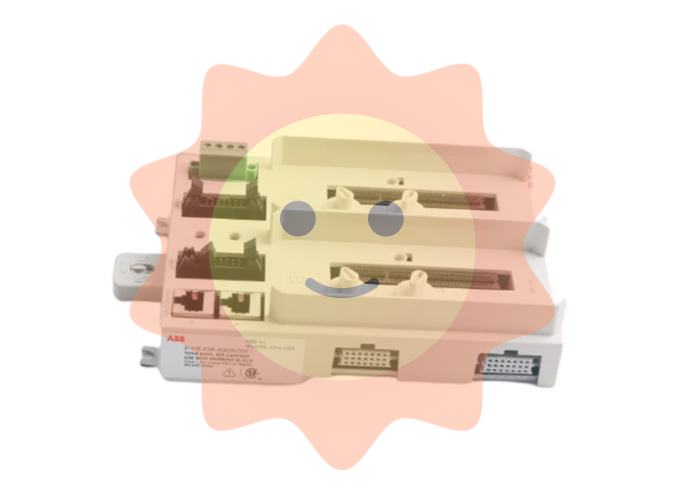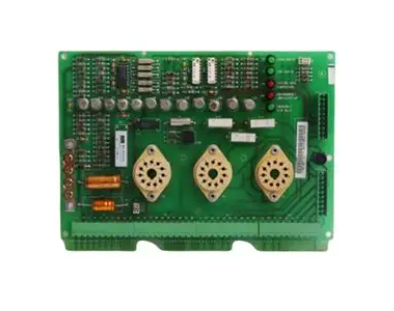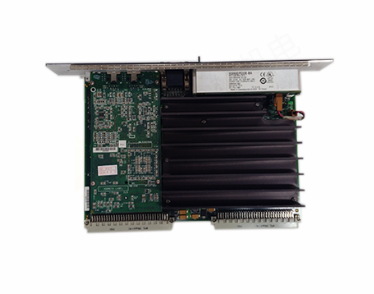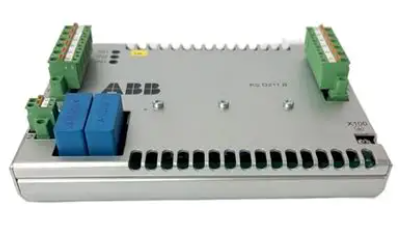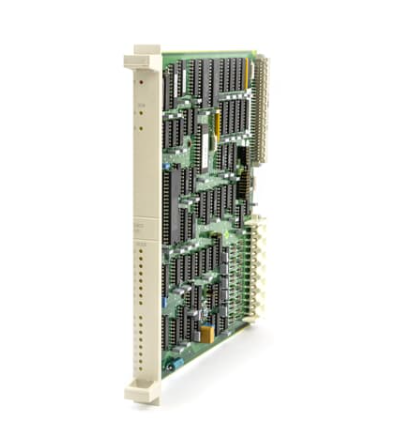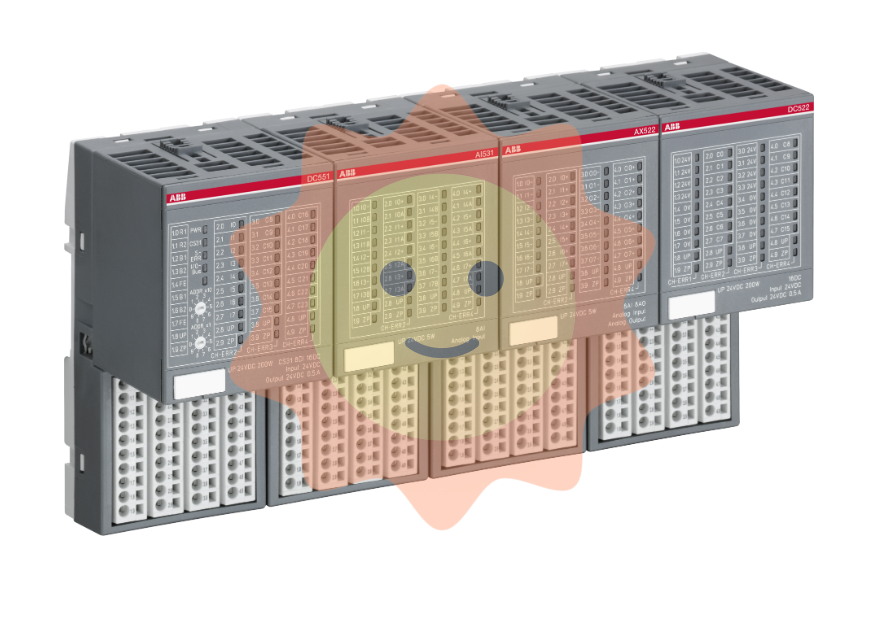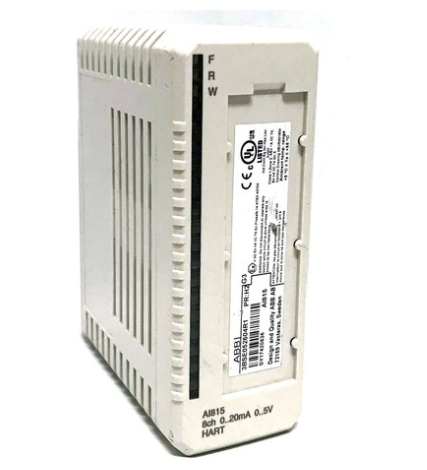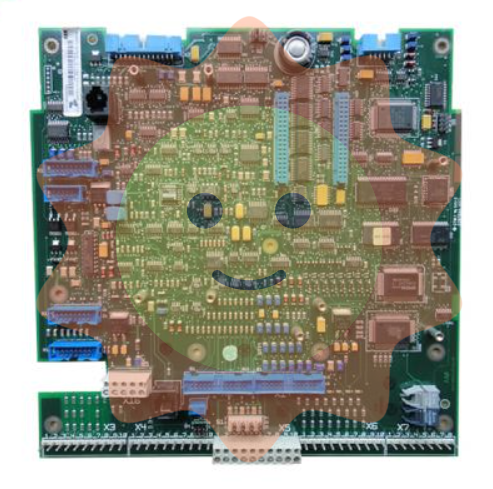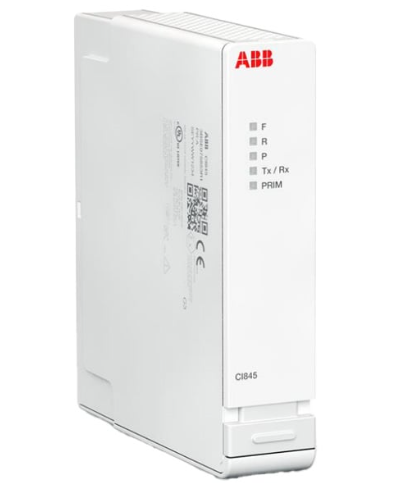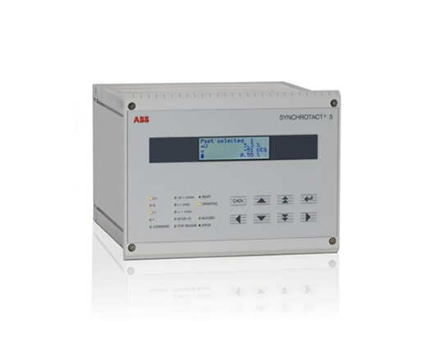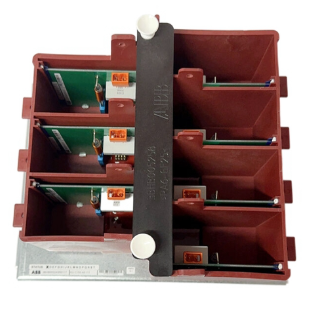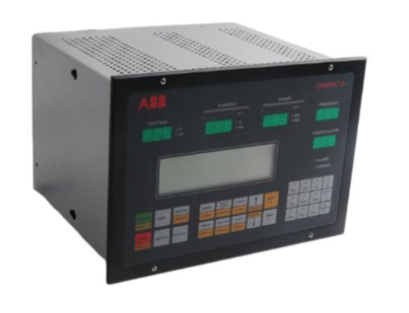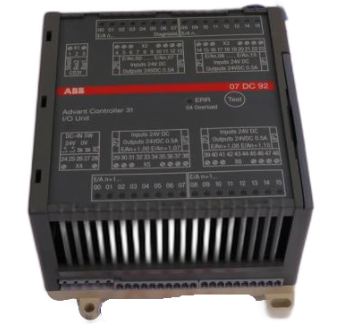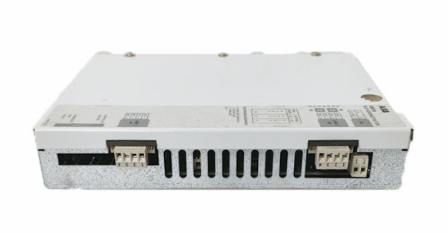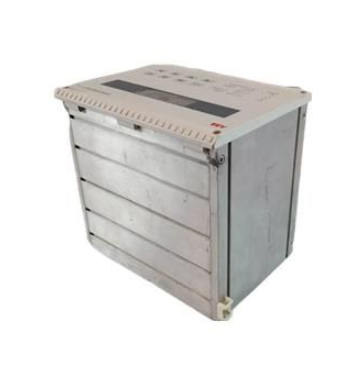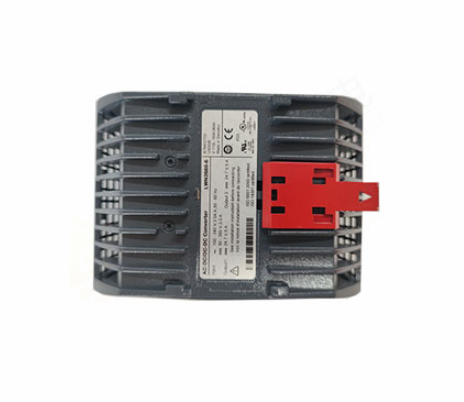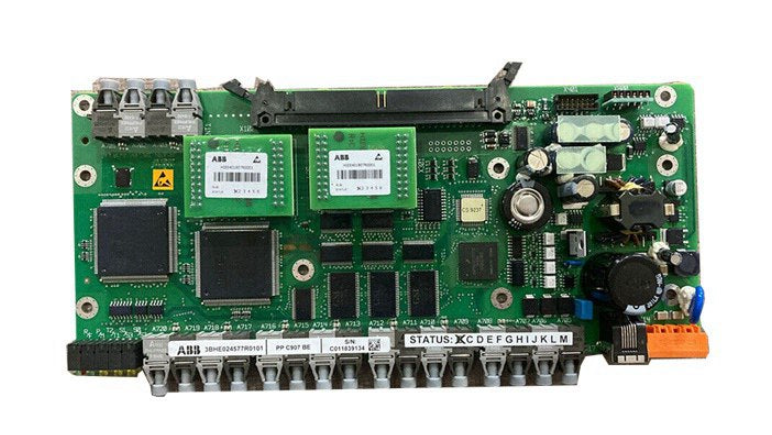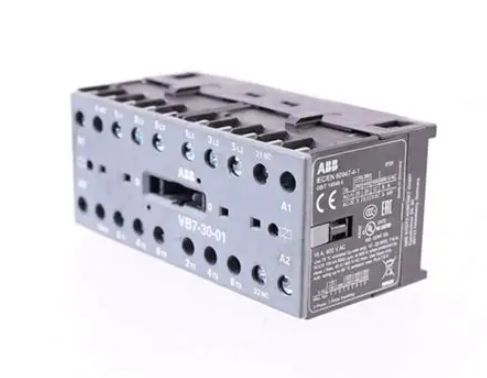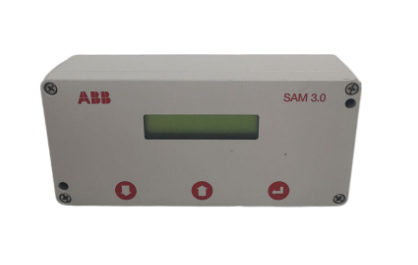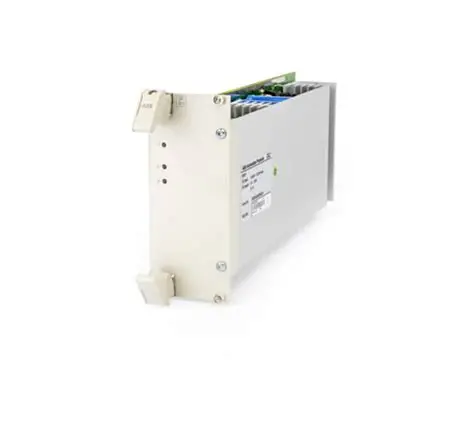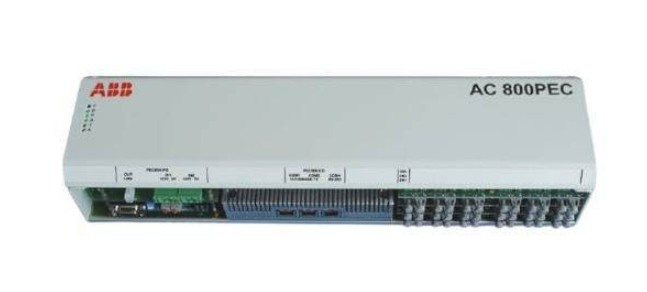ABB CS31 ICSF08D1 FPR3323101R1012
ABB CS31 ICSF08D1 FPR3323101R1012
The technical document of ABB Procontic CS31 intelligent distributed automation system introduces the hardware composition of the system (such as central processing unit 07 KR/KT series, input/output module, high-speed counter module, etc.), communication characteristics (RS485 bus, MODBUS protocol, etc.), module functions (analog input/output, digital input/output, high-speed counting, etc.) and technical parameters (working temperature, power supply voltage, resolution, etc.), as well as system installation, programming, diagnosis and application scenarios, demonstrating the modularity, high compatibility and reliability of the system in industrial automation.
Core architecture and hardware composition of the system
Central Processing Unit (CPU)
07 KR/KT series: Supports different program storage capacities (such as 07 KR 31 with 2K word EEPROM, 07 KT 92/93 with 14K FLASH EPROM), integrated high-speed counter (10-50kHz), real-time clock, and multiple communication interfaces (RS232/RS485).
UCZA/UCZB/PCZB series: suitable for complex control scenarios, supporting larger program storage (8-16K instructions) and extended bus connections.
Input output module
Binary input module (ICSI series): Supports 8/16 channels, 24VDC/AC input, with optional isolated and non isolated types, and adjustable input delay of 2-32ms.
Binary output module (ICSO series): relay or transistor output, load capacity 0.5-2A, supports short-circuit overload protection.
Analog input module (ICSE/ICST series): 8/12 bit resolution, supports voltage (0-10V), current (4-20mA), temperature (PT100) input, temperature measurement range -50 ° C~+300 ° C.
Analog output module (ICSA series): 4-channel 12 bit output, supporting signals such as ± 10V and 0-20mA, with a load resistance of ≤ 500 Ω.
Special function module
High speed counter (ICSF 08 D1): Supports 3-channel 50kHz counting, can be configured as incremental encoder mode or independent counter, with 7 outputs for threshold triggering.
Bus Unit (NCB/NCBR)
Precautions for system installation and debugging
Hardware installation requirements
environmental condition
Temperature/Humidity: The working temperature is between 0 ° C and 55 ° C (storage temperature is between -40 ° C and 75 ° C), and the humidity should be below 95% (without condensation).
Protection level: The module defaults to IP20, and some modules (such as IP65 type) support outdoor or dusty environments. When installing, it is necessary to ensure that the protection level matches the scene requirements.
Installation location:
Keep a distance of at least 10cm away from strong electromagnetic interference sources such as motors and frequency converters.
Vertically installed in the control cabinet, ensuring good ventilation and avoiding direct sunlight.
Use DIN rails (35mm) or screws to secure the module firmly without vibration.
Module Layout
Install by functional partition: power module CPU、 Partition arrangement of input and output modules for easy heat dissipation and maintenance.
Reserved expansion space: Reserve empty slots for later module additions based on system expansion requirements.
Electrical Connection Specification
power connection
Voltage compatibility: Confirm the module power type (24VDC/120VAC/230VAC) to avoid damage caused by misconnection.
Grounding requirements:
The system grounding needs to be independent and reliable, with a grounding resistance of ≤ 10 Ω, using a star shaped grounding method.
The analog signal needs to be separately shielded and grounded, and the shielding layer should be connected to the grounding terminal of the control cabinet at one end.
Anti reverse polarity protection: The power polarity must be correct, and some modules support reverse polarity protection (such as central units), but it is still necessary to avoid misoperation.
Bus connection (RS485)
Topology structure: Adopting a bus topology, a 120 Ω terminal resistor is required at the end, and star connections are prohibited.
Cable requirements: Use shielded twisted pair cables (AWG24~AWG18) with a length of ≤ 500 meters. If the length exceeds 500 meters, a bus amplifier (NCB/NCBR) should be added.
Address setting: Each module sets a unique address (0-31) through DIP switches to avoid address conflicts.
Signal wiring
Input signal:
Digital input: Distinguish between active and passive signals to ensure voltage matching (24VDC/AC).
Analog input: The current signal needs to be connected in series with a 250 Ω resistor, and the voltage signal should avoid long wires being exposed.
Output signal:
The transistor output avoids directly driving large inductive loads and requires parallel freewheeling diodes.
The output contact capacity of the relay is limited (such as 2A/250VAC), and external contactors are required for large loads.
Parameter configuration and programming
Module initialization
Configure module parameters, including input delay, filtering time, analog range, etc., through TCZ handheld terminal or PC software (such as 907 PC 331).
The analog module needs to be calibrated: before the first use, the zero point and full range should be calibrated through software to ensure accuracy (such as ICSE 08 B5 supporting ± 0.3% full range error).
- EMERSON
- Honeywell
- CTI
- Rolls-Royce
- General Electric
- Woodward
- Yaskawa
- xYCOM
- Motorola
- Siemens
- Rockwell
- ABB
- B&R
- HIMA
- Construction site
- electricity
- Automobile market
- PLC
- DCS
- Motor drivers
- VSD
- Implications
- cement
- CO2
- CEM
- methane
- Artificial intelligence
- Titanic
- Solar energy
- Hydrogen fuel cell
- Hydrogen and fuel cells
- Hydrogen and oxygen fuel cells
- tyre
- Chemical fiber
- dynamo
- corpuscle
- Pulp and paper
- printing
- fossil
- FANUC
- Food and beverage
- Life science
- Sewage treatment
- Personal care
- electricity
- boats
- infrastructure
- Automobile industry
- metallurgy
- Nuclear power generation
- Geothermal power generation
- Water and wastewater
- Infrastructure construction
- Mine hazard
- steel
- papermaking
- Natural gas industry
- Infrastructure construction
- Power and energy
- Rubber and plastic
- Renewable energy
- pharmacy
- mining
- Plastic industry
- Schneider
- Kongsberg
- NI
- Wind energy
- International petroleum
- International new energy network
- gas
- WATLOW
- ProSoft
- SEW
- wind
- ADVANCED
- Reliance
- YOKOGAWA
- TRICONEX
- FOXBORO
- METSO
- MAN
- Advantest
- ADVANCED
- ALSTOM
- Control Wave
- AB
- AMAT
- STUDER
- KONGSBERG
- MOTOROLA
- DANAHER MOTION
- Bently
- Galil
- EATON
- MOLEX
- Triconex
- DEIF
- B&W
- ZYGO
- Aerotech
- DANFOSS
- KOLLMORGEN
- Beijer
- Endress+Hauser
- MOOG
- KB
- Moxa
- Rexroth


Email:wang@kongjiangauto.com

